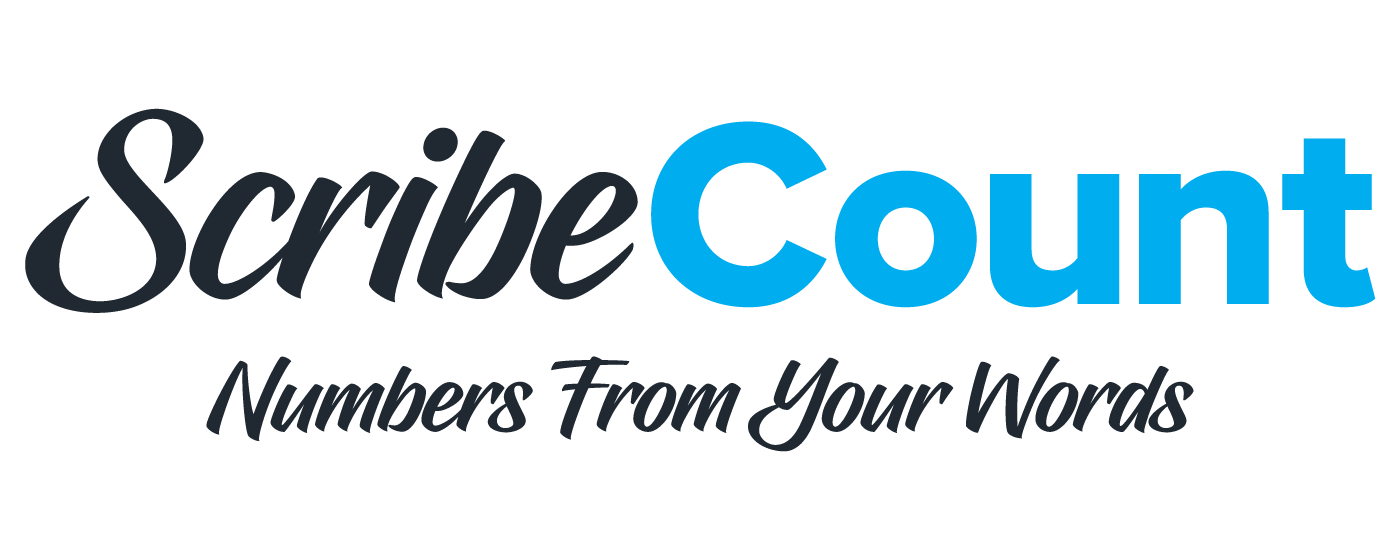Guest Post by Mark Leslie Lefebvre
Ever since they first appeared on the scene, I’ve been enjoying the ease of being able to quickly and easily see a view of my indie-published sales info via ScribeCount.
It’s incredibly time-saving to be able to see the sales in a high level sunburst, or to drill down and take a more in-depth look at how a series is performing on different platforms, or, in different formats. The ability to filter and tag is pretty intuitive and a gigantic time-saver.
However, I had been struggling a little bit with some of the visibility.
I’ve been indie publishing for a long time, and some of my eBook titles are published across numerous options. I have some titles published to downstream retailers from distributors/aggregators like Smashwords, others via Draft2Digital, and still others from even more distribution platforms like StreetLib and PublishDrive. And, ever since Draft2Digital launched a convenient payment splitting option in the fall of 2020 that takes care of directly paying all contributors on collaborative publishing projects, I’ve had a number of titles that are published from Draft2Digital to almost all of the major retailers.
Basically, I don’t have a single way that I publish books to multiple platforms, but I still want to see how those titles are performing ON those retailers. So that when I’m considering what percent a retail platform is for sales of a title, or my overall sales in a period, I’m getting an accurate and realistic look.
For those purposes, my default distribution platform for most titles, Draft2Digital, is a distributor/aggregator and not a retailer. Yes, I love Draft2Digital; but to me, it’s not a sales platform, it’s a distribution channel. I want to know that X % of this title pub’d through Draft2Digital is selling on this retailer versus Y % selling on that other retailer.
So, I submitted a request to the team at ScribeCount explaining my need as an author.
And, as a small, dynamic, and flexible team of business and tech folks can often do, they implemented a solution that works brilliantly for me.
Here’s an example of a recent sales summary that uses ScribeCount’s default view of showing a few titles published through D2D to other platforms.
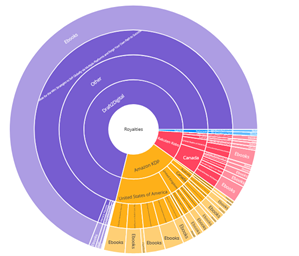
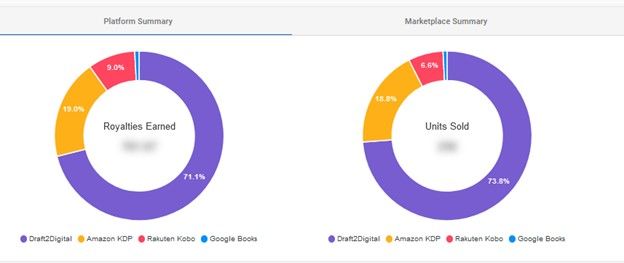
These graphs are great, but they’re showing Draft2Digital, which I use for multiple platforms (and for some books for all platforms), instead of the actual places where the sales happened. Since sales don’t happen on Draft2Digital, I know that 71% of my royalties/73.8% of my sales are likely happening on downstream retailers that D2D publishes to.
And now, if I want to see that, I can easily click a few buttons and quickly change my settings.
I go to the main “Settings” view in the left navigation bar (it’s the icon that looks like a cog wheel)
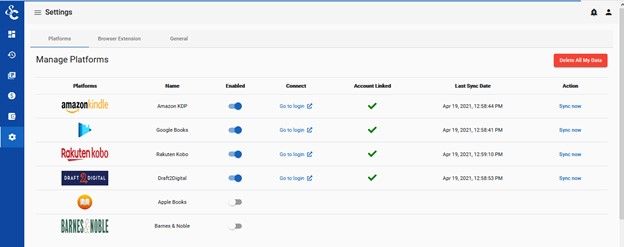
And then I click on the “General” tab
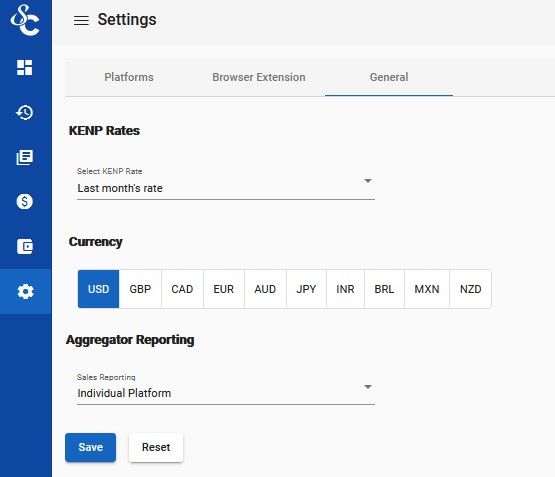
And on that tab, I change “Aggregator Reporting” from the default “Individual Platform” to “Merge with Other Platforms.”
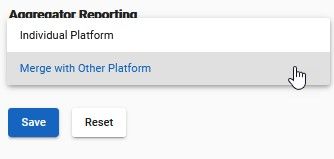
And then I go back to my main Dashboard and voila, within seconds, I can see the actual breakdown of where the sales are happening.
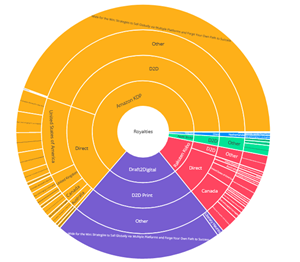
You notice, in this chart, that a significant chunk of my Amazon sales are actually via titles published to Amazon via Draft2Digital, a small slice of my Kobo sales are from Draft2Digital pub’d titles, but all my Apple sales are coming via D2D. That’s handy to know.
In this case, I’m seeing that, for the time period selected 63.7% of royalties (and 60.9% of my unit sales) from my self-published titles are coming from Amazon, 22.2% from Draft2Digital print, 11.1% from Rakuten Kobo, 2% from Apple Books, 0.84% from Google Books, 0.11% from Nook.
I can then, just as easily, toggle back to the regular view if I want to understand where the money is going to be coming from. IE, KDP, Kobo, Draft2Digital, and Google are the platforms where the money will be paid from, but the actual sales that are happening go beyond that.
And this quick and easy way to get this information, without having to pull out a spreadsheet or slide-rule or, let’s be honest here, take off my shoes and socks to do some challenging counting.
And that suits me just fine.
